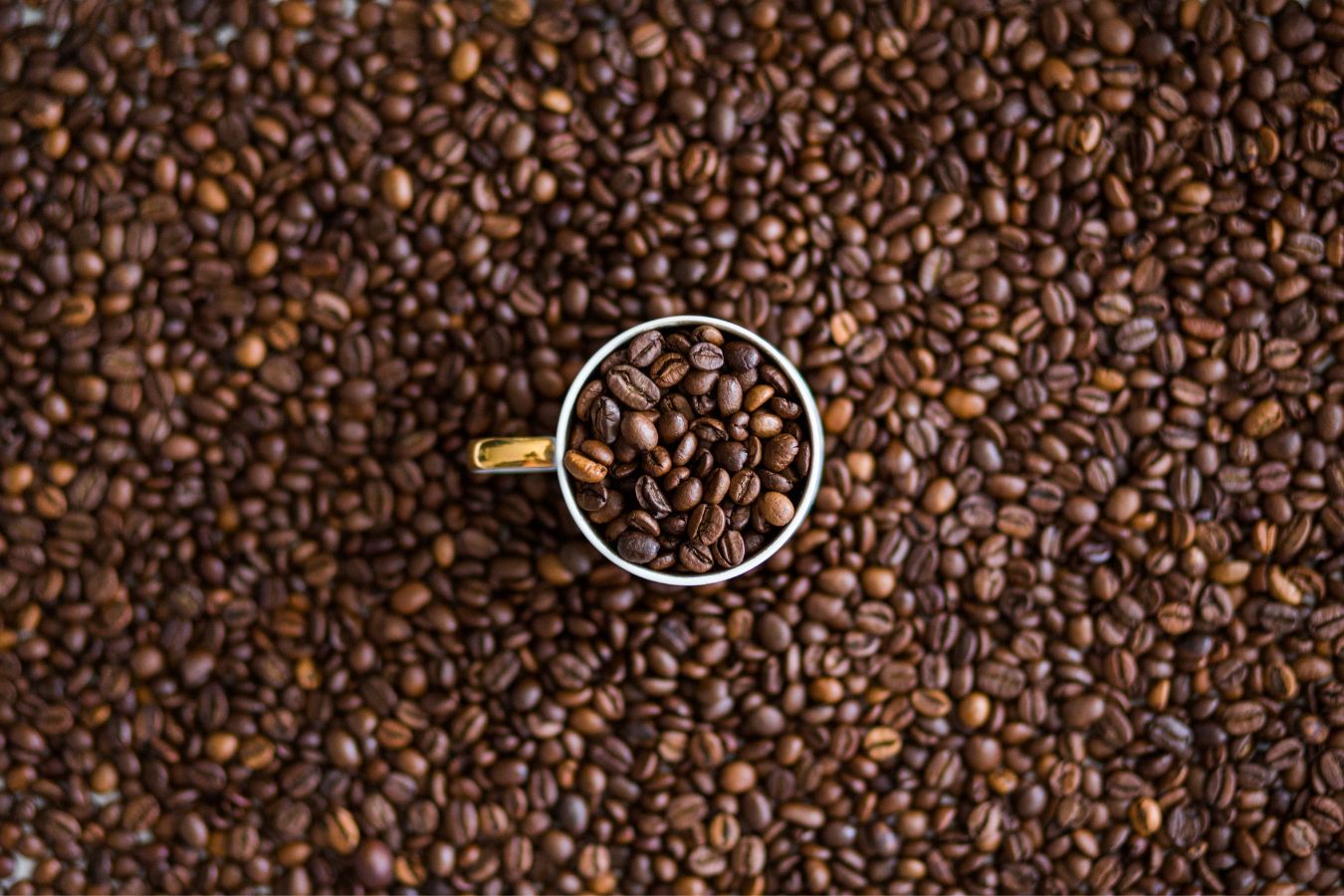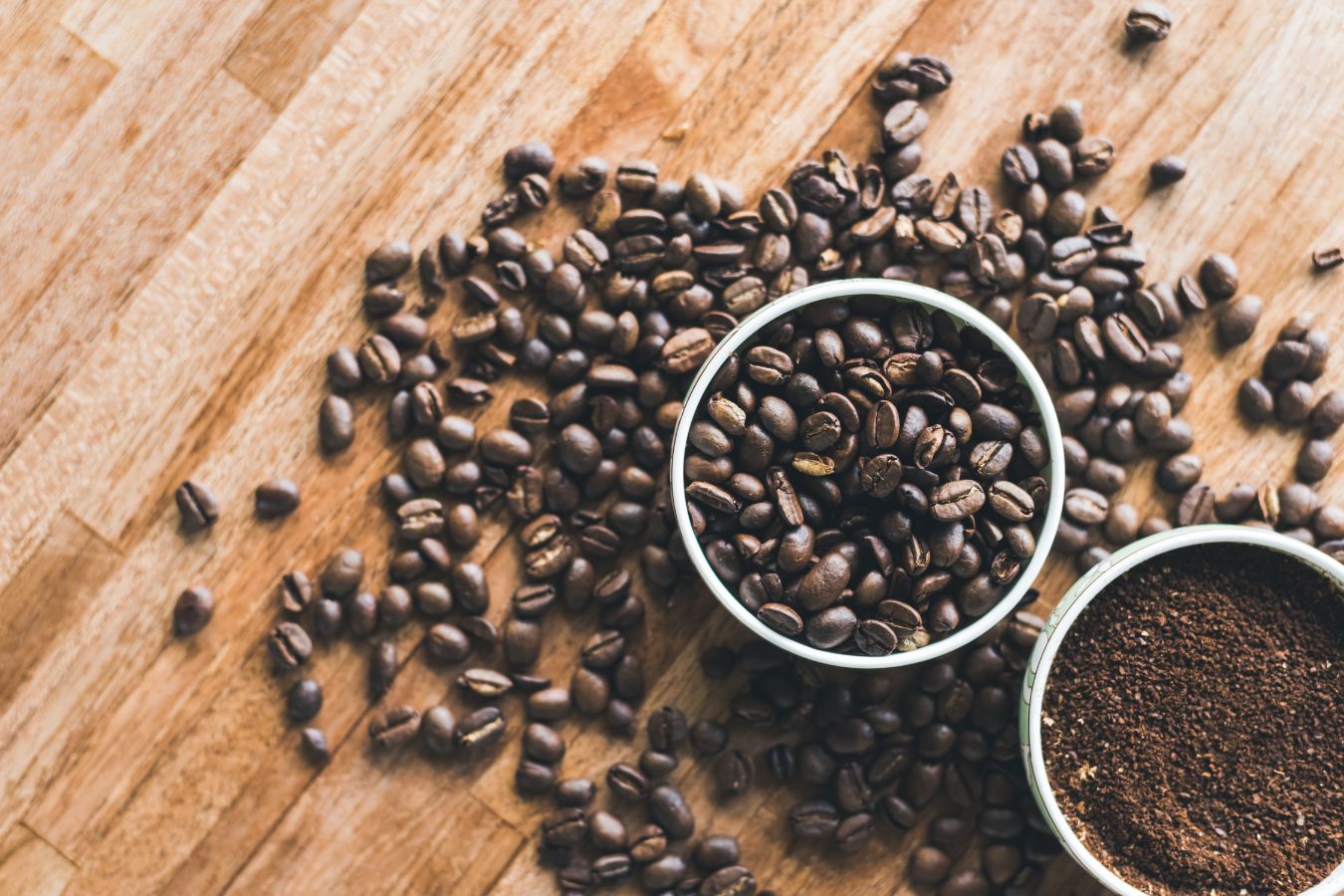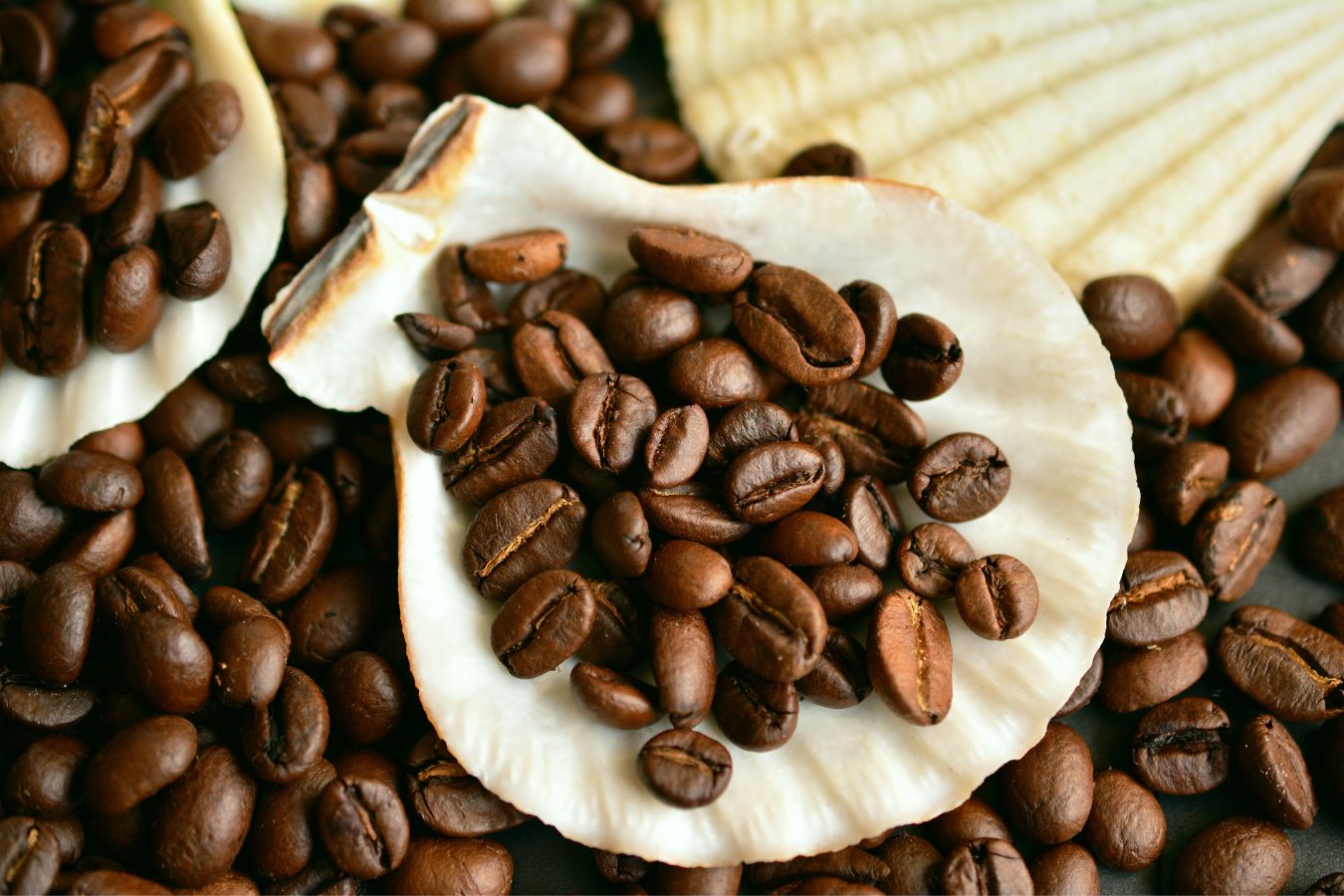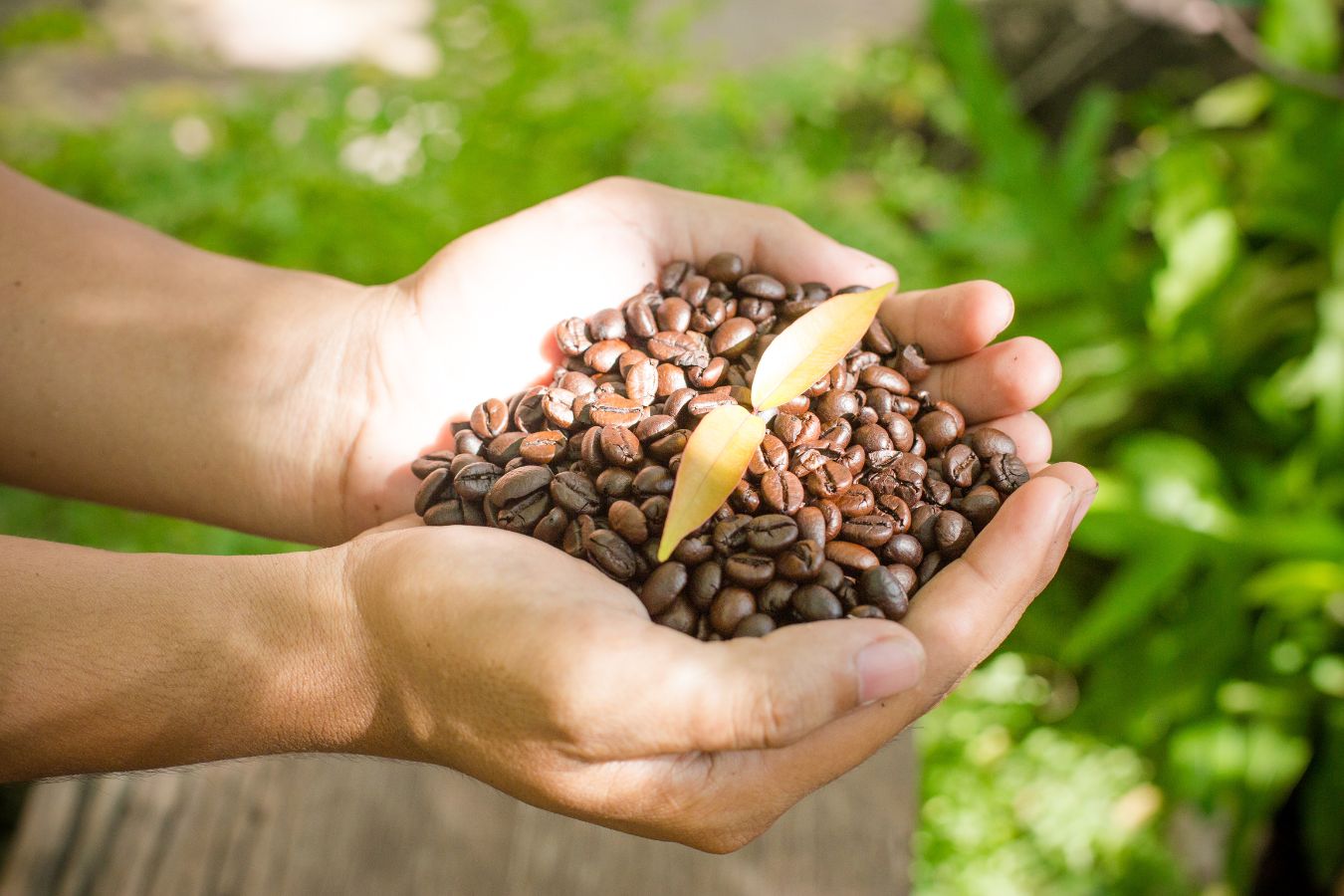
Wholesale Roasted Coffee Beans – Vietnam has many well-known coffee-growing regions. However, if you do not study it thoroughly, you may not fully comprehend this plant in your home country. The most notable is probably Cau Dat coffee, which is known for producing the best coffee in Vietnam. People always have coffee to sell you when you visit any homestay, from selling broken rice to a small grocery store. “5 tons and 10 tons are always in stock; take as much as you want.”
However, the Cau Dat area is not large. It’s just a small village. When he met the pastor of Cau Dat church, he told him, “I’ve been here for 20 years and I’m still being tricked into saying anything to you.” Don’t be a fool and headbutt! It’s not that easy…” People have taken coffee from neighboring areas and sold it to the market under the brand name Cau Dat Coffee.
Coffee companies for export look beyond Cau Dat coffee to other coffee areas. Unfortunately, the coffee outside is also mixed. And if you ask a certain coffee farmer about roasting coffee, he will roughly respond: “If you want to roast good coffee for the shop, you must learn how to marinate it with things like butter, milk, wine, fish sauce, and so on. To make a profit, combine several types of beans. When I want to drink clean coffee, I roast it myself and keep it at home.”
The above information is probably “funny” and “heartbreaking” for a top coffee exporting country, but it is true. No matter where you go in Vietnam’s famous coffee-growing areas, the coffee outside the normal coffee shop will mostly be mixed with unpredictable “delicious flavors.”
Where To Find Green Coffee Beans
This culture most likely dates back to ancient times, when the French brought coffee to Vietnam. At the time, coffee was very expensive, and ordinary people couldn’t afford to buy it, so people devised a way to combine agricultural products.
Other ingredients, then marinated and marinated again, until it resembles coffee and has a delicious smell, as long as you drink it soberly – even drunk to the point of dizziness (people often use areca, if anyone eats betel nut will understand). You may also be aware of the most successful person in the field of “lowering the price” of coffee…

That’s the story at the coffee shop. If it’s a well-known area, it’s a scam because it’s all about making money. And the farmer believes that clean coffee is self-roasted, and that good coffee for the shop requires learning to marinate. It has an impact on the entire city. The “trick” of selling coffee online. So I marinated really hard to “pamper” the customer’s wishes.
Since ancient times, coffee has been considered a premium product and has even been used in place of gold and silver treasures. Coffee is inherently delicious, and I believe that there were not as many innovative flavors in the past as there are now. As a result, I prefer the way the ancients brewed coffee: unseasoned and unsalted, rustic roasted, allowing the coffee to speak for itself.
Let’s look at some of the coffee beans that are commonly used to make Expresso coffee:
Even if the coffee plant is the same, each region’s coffee has a distinct flavor. And, by definition, the taste of coffee on its own lacks balance – a lack of prominence and interesting feelings. As a result, Italy, a country that does not grow coffee but is the world standard for coffee enjoyment, has made the law of coffee mixing the first law for its standard espresso.
Mix at least three to four different types of coffee. Many people mix 10-12 different types. But, no matter how you mix it, you must adhere to the following rule: Coffee must be of high quality and fresh.
There are five types of coffee beans:
- Daklak 800m Robusta – Export standard grade 1
- Culi Robusta – Daklak 800m – Export standard grade 1
- Arabica Typica – Dalat 1500m – Standard export-grade 1
- Arabica Catimor honey extraction – Cau Dat 1600m
- Dalat 1600m Arabica Bourbon Red
Except for Catimor Cau Dat, the remaining coffee types are sourced from corporations that specialize in international coffee exports. We do not take from farmers because coffee farmers frequently lack the necessary knowledge and equipment to produce and preserve coffee.
Due to high humidity, farmers’ coffee is susceptible to weevils – mold. Farmers, on the other hand, do not categorize. As a result, we select coffee based on export standards and purchase it from large corporations.
Catimor Cau Dat is the parish priest of Cau Dat church’s coffee garden. Father has no intention of doing business; he wants the religious people of Cau Dat to understand that doing business is ethical and that each region has its own coffee flavor. Tasting coffee is about enjoying its own flavor without judging whether it is good or bad.
Dad has been brewing coffee for quite some time. It has a distinct flavor because it is the coffee of someone who “researches coffee,” rather than a farmer who only knows how to grow coffee. Rather than putting the cherries through the milling process (which takes 2-3 days), Dad decided to spend a month in the sun to make delicious coffee.
This is understandable given that the temperature in Cau Dat is only about 15-20oC (the harvest season is in November) and the sun is not as hot as it is in Saigon.
Coffee beans have been picked up, broken, and are black and moldy
Despite being an export standard, coffee bags still contain broken beans, black beans, and moldy beans. Those beads look like this (I took the photo myself, so it’s a little crooked):
We sat down to collect the bad seeds once more. Although I would not go so far as to say it is completely eliminated (Lifeboy also only kills 99.99 percent of the time), it is far superior to the alternative. We typically remove 4-5 percent of the total. If this 4-5 percent is concentrated in one cup of coffee, there will be 4-5 cups for every 100 cups, which is extremely bad, even dangerous to one’s health (mold coffee beans).
Once again, I find myself in the middle of a moral quandary. Because the customers won’t know if I leave it alone and roast it. But I’m not myself if I know something and don’t do it. And now that I’ve brought it up, I believe you’ll come to the same conclusion I did. These beans appear not because the coffee is bad, but because the humidity is high during storage (for example, drops of waterfall in), and mold takes a long time to grow.
Transportation and throwing are the causes of broken seeds. Because the “crunchy” coffee beans collide with each other while roasting, some of the beans will break up. And if you see weevils flying out of farmers’ bags, you’ll understand why I prefer to buy my coffee from exporting companies. These seeds are unsightly, but they are still “beautiful.”
Why Is Roasted Coffee 2-3 Times More Expensive Than Green Coffee?
I really want you to understand my problem so you can get a sense of everything about me and the product you’re looking for. It’s also enjoyable to roast your own beans.
The first is the price of the grain you select. Farmers’ coffee beans will be priced differently, standard export-grade 3 beans will be priced differently, and grade 1 beans will be priced differently. There is also a shipping charge.

Then there’s the coffee, which includes the selection and depreciation of bad beans (I knew it, I couldn’t ignore it, I’m sorry…)
Proceed to the coffee roasting section. When the coffee is roasted, it loses steam and becomes lighter by 15 to 25%. Coffee bean depreciation Then there’s the roaster’s depreciation. Material and labor costs
Then there’s the money for packaging.
Finally, there are the fixed costs such as operation, electricity and water, warehousing… and the salary of the person who manages all of your jobs.
They are all small, clear, and transparent issues that will help us better understand one another. We make very little profit when supplying coffee of the same quality as described above (better than export coffee grade 1…). Deducting all expenses is insufficient to maintain. If you still don’t believe us, you can request our standards, coffee varieties, and quotes from other coffee suppliers. Their responses will astound you.
Notes On Rocked Coffee Buying
Purchase pre-roasted seeds
If you’re not sure where to sell roasted coffee, buy it directly from the roasters and grind it yourself; this allows you to identify high-quality coffee easily. If you buy ground flour and it is contaminated, it is difficult to tell if you are inexperienced.

Select GU coffee
Each type of roasted coffee bean has a distinct flavor; for example, if you prefer bitter, bold coffee, use Robusta; if you prefer sour coffee, use Arabica. Alternatively, if you want the full flavor of all coffee beans, mix them in the appropriate proportions. Furthermore, those who prefer strong mouthfuls of coffee will enjoy the roasted and ground coffee mixed with butter.
Roasted coffee should be stored properly
After use, store the coffee powder or beans in a sealed bag or container to prevent the coffee from being exposed to the outside air for too long, which will cause the coffee to lose its smell and quality. Although stored tightly for about 2 weeks to 1 month, the scent of pure roasted coffee beans (without mixing flavorings, butter, and impurities) is almost completely gone. However, do not be concerned because the quality of the brewed coffee is not significantly affected.